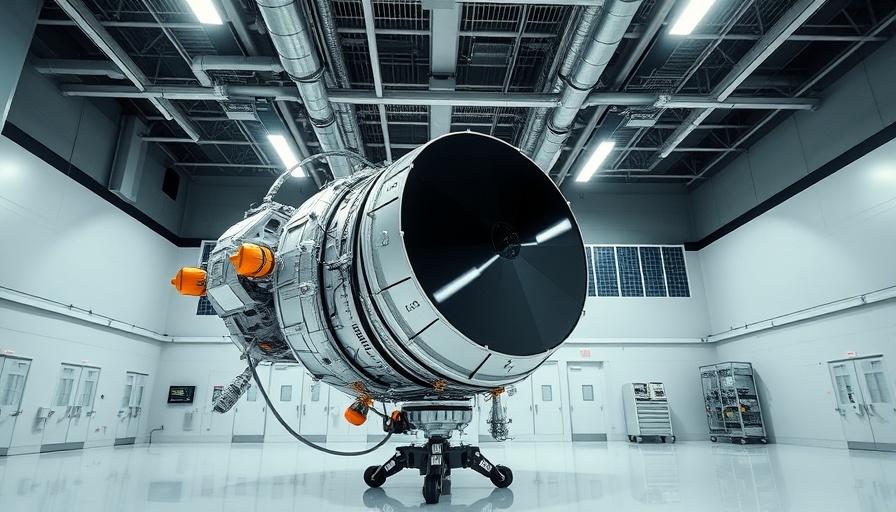
OpenAI Embarks on a Transformative Journey in Texas
The landscape of technology is ever-evolving, and at the forefront of this change is OpenAI, which has recently announced a groundbreaking partnership with Oracle to develop a massive AI data center in Abilene, Texas. This ambitious project, known as the Stargate AI infrastructure platform, represents a monumental shift not just for the region but for the world of artificial intelligence.
Expanding Infrastructure for AI: What It Means
OpenAI is set to add a staggering 4.5 gigawatts of data center capacity on top of its existing commitments. This expansion is part of a larger $30 billion per year agreement with Oracle, aimed at enhancing OpenAI's Stargate capabilities. With this update, the total Stargate power capacity will exceed 5 gigawatts—enough energy to power approximately 4.4 million American homes. This ambitious plan highlights the increasing energy demands of AI systems, which require powerful infrastructures to support their development.
Abilene: A Hidden Gem for Tech Expansion
Why Abilene? This city, located about 150 miles west of Fort Worth, has transformed from its historical agricultural roots into a burgeoning tech hub. With existing infrastructure such as the Dyess Air Force Base and multiple universities, the city is strategically positioned for technological growth. As OpenAI CEO Sam Altman stated, "It's easy to throw around numbers, but this is a gigantic infrastructure project." This focus on Abilene reflects a trend where tech firms are looking for cost-effective and strategically advantageous locations to base their operations.
Creating Job Opportunities: A Win-Win Situation
The data center's construction and operations are expected to create a wealth of job opportunities. According to OpenAI, the expansion will lead to direct full-time positions in construction and operations, alongside indirect roles in manufacturing and services. As companies like OpenAI drive their investments into regions like Texas, they're also lighting the way for economic revitalization in these communities.
Challenges and Skepticism: Can OpenAI Deliver?
Despite the optimism surrounding Stargate, it’s crucial to acknowledge the skepticism it faces. Critics have voiced concerns about OpenAI’s ability to meet its ambitious $500 billion target for funding and infrastructure development. High-profile figures, including Elon Musk, have raised doubts on platforms like X, questioning whether OpenAI can realistically fulfill its promises. Such skepticism serves as a reminder of the challenges tech giants often face when venturing into unprecedented projects.
Future Trends: What Lies Ahead for AI?
As the development of AI technology accelerates, we can expect a range of implications across industries. The growing demand for data centers will likely spur advancements in energy efficiency and sustainability practices in tech. OpenAI's commitment to expand the Stargate platform further exemplifies how investments in AI technology can lead to broader economic growth and innovation.
Conclusion: Your Role in the Future of AI
This expansion by OpenAI not only signifies the growing importance of artificial intelligence but also illustrates the tremendous opportunities it presents. As AI continues to integrate into various facets of our lives, it's essential for individuals, particularly professionals and enthusiasts in the areas of technology, innovation, and fitness, to stay informed. Understanding these developments allows you to engage more deeply with the technological shifts that are already shaping your day-to-day existence and future aspirations.
 Add Row
Add Row  Add
Add 




Write A Comment